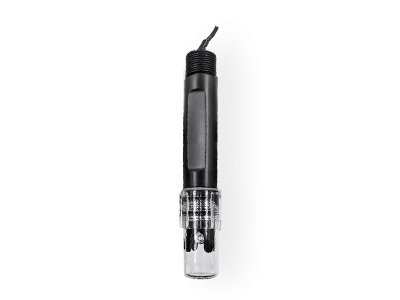
Learn about soil moisture sensors
Soil moisture sensors are essential tools used in agriculture, gardening, environmental studies, and other applications that require monitoring and managing soil moisture levels.

Soil moisture sensors are essential tools used in agriculture, gardening, environmental studies, and other applications that require monitoring and managing soil moisture levels.
Soil moisture sensors are essential tools used in agriculture, gardening, environmental studies, and other applications that require monitoring and managing soil moisture levels. These sensors provide valuable information about the soil's water content, helping farmers optimize irrigation practices, prevent over or under watering, and achieve better crop yields. In this article, we will explore the importance of soil moisture sensors and discuss various types and technologies used in these sensors.

1. The Importance of Soil Moisture Measurement:
Understanding the moisture content in the soil is crucial for effective irrigation management. Plants rely on water for growth, and maintaining the right moisture level in the soil is essential for their overall health and productivity. Soil moisture sensors help farmers and gardeners make informed decisions about when and how much water to apply, preventing water waste, reducing costs, and minimizing the environmental impact of irrigation practices.
2. Types of Soil Moisture Sensors:
There are several types of sensors used for measuring soil moisture, each with its advantages and limitations. The most common types include:
a. Tensiometers: These sensors measure soil moisture tension, which is the force with which water is held in the soil. Tensiometers consist of a porous ceramic cup connected to a water-filled tube. As the soil dries, water is drawn out of the ceramic cup, creating tension in the tube. This tension can be measured and used as an indication of soil moisture levels.
b. Capacitance Sensors: Capacitance sensors measure the dielectric constant of the soil, which is a property related to soil moisture content. These sensors consist of two electrodes buried in the soil, with a high-frequency electrical charge applied between them. The amount of charge that can be stored in the soil depends on its moisture content, allowing the sensor to determine the soil moisture levels.
c. Time Domain Reflectometry (TDR) Sensors: TDR sensors work by measuring the time it takes for an electromagnetic pulse to travel through the soil and bounce back to the sensor. The moisture content affects the speed of the pulse, allowing the sensor to calculate the soil moisture levels. TDR sensors are known for their accuracy and reliability but can be more expensive compared to other types.
d. Gypsum Block Sensors: Gypsum block sensors consist of two electrodes embedded in a porous gypsum block. As the soil dries, water is drawn out of the gypsum block, causing changes in its electrical resistance. These changes are then correlated to soil moisture levels. Gypsum block sensors are affordable and easy to use but may require frequent calibration.
3. Factors to Consider When Choosing a Soil Moisture Sensor:
When selecting a soil moisture sensor, several factors need to be considered:a. Accuracy and Precision: The sensor should provide accurate and precise measurements of soil moisture levels. Look for sensors with a high accuracy rating and low variability.
b. Installation and Maintenance: Consider the ease of installation and maintenance required for the sensor. Some sensors may require burying electrodes in the soil, while others may be installed above ground. Additionally, check if the sensor needs regular calibration or replacement of parts.
c. Sensor Range: Soil moisture sensors have a measurement range that determines the minimum and maximum moisture levels they can detect. Choose a sensor with a range suitable for your application.
d. Environmental Considerations: Consider the environmental conditions in which the sensor will be used. Ensure that the sensor is compatible with the soil type, temperature, and other factors specific to your location.
4. Integrating Soil Moisture Sensors with Irrigation Systems:
To maximize the benefits of soil moisture sensors, they can be integrated with automated irrigation systems. By connecting the sensors to a controller, irrigation can be precisely scheduled based on the soil moisture levels. This ensures that plants receive the right amount of water when needed, avoiding under or over watering.
Conclusion:
Soil moisture sensors play a vital role in managing water resources efficiently and optimizing crop productivity. Understanding the importance of soil moisture measurement and the various types of sensors available will help farmers, gardeners, and environmental researchers make informed decisions when selecting and using these sensors. By using soil moisture sensors in conjunction with irrigation systems, it is possible to achieve sustainable agriculture practices, conserve water, and promote healthier plant growth.